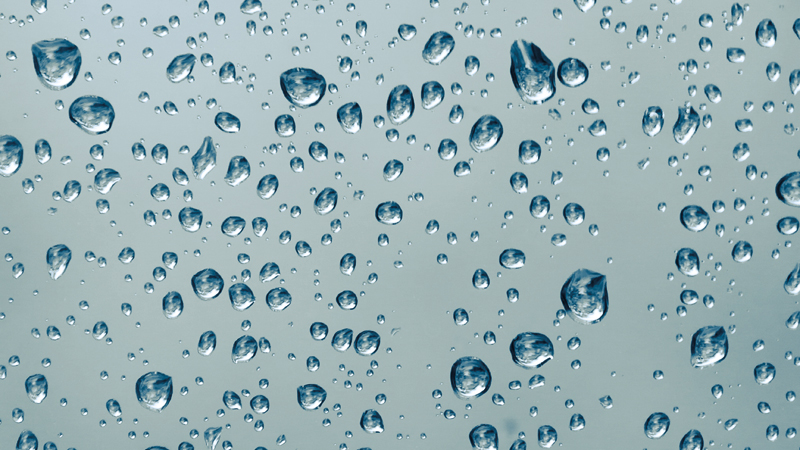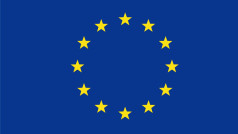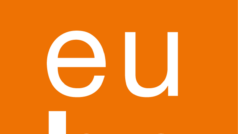According to the largest assessment on the health of Europe’s water bodies, published today by the European Environment Agency (EEA), Europe is not on track to meet its targets to improve the health of waters under EU rules. Better water management is key to improve water resilience, to alleviate pressures on water and to ensure European citizens, nature, and industry have enough good-quality water.
Agriculture is the most significant pressure impacting both surface and groundwaters, according to the EEA report ‘Europe’s state of water 2024: the need for improved water resilience’. This results from water use and pollution from the intensive use of nutrients and pesticides, according to Member States’ own monitoring. Agriculture is by far the highest net water consumer in Europe and, without changes in practices, demand from irrigated agriculture is likely to increase with climate change.
The EEA’s report shows that, despite some progress, Europe’s waters and aquatic ecosystems are still severely impacted by chemicals, predominantly by air pollution from coal-powered energy generation and diffuse pollution by nutrients and pesticides from agriculture. Habitat degradation is also widespread. Adding to the challenge to protect aquatic ecosystems is climate change, which is disrupting weather patterns and further increasing pressures on water resources and management.
Only 37% of Europe’s surface water bodies achieved ‘good’ or ‘high’ ecological status, a measure of aquatic ecosystem health, under EU’s Water Framework Directive and only 29% achieved ‘good’ chemical status over the 2015-2021 period, according to data reported by EU Member States.
Measures taken by Member States have succeeded in avoiding further deterioration of the state of EU waters by addressing some chemical pollution and improving the prospects of some species, such as mussels and crustaceans, but no overall improvement has been detected since the last monitoring cycle.
Europe’s groundwaters fare better than surface waters, with 77% being in good chemical status and in terms of supply, 91% of groundwaters are reported to be in good quantitative status. But problems remain in terms of pollution by pesticides and nutrients. Groundwater is a key source of our drinking water, and needed by the environment, agriculture and industry.
The deadline set by the EU’s Water Framework Directive (WFD) to meet good status for surface and groundwaters was 2015, and at the latest by 2027. At the rate of current progress, this will not be met.
Europe’s water resilience can be improved. Reducing water use and improving efficiency are key to tackling water stress in agriculture, industry and at home. Target setting, focused on saving water or reducing demand, could help drive action and facilitate monitoring of progress towards water resilience. Up-to-date and more timely information on water quantity and quality is also needed to improve water management.
Pressures should be reduced. Pollution must be prevented in line with the objectives of the EU’s zero pollution action plan. In the short term, there is a need to reduce the use and prevent releases of harmful substances and nutrients to water.
Nature restoration or reconnecting rivers and their floodplains and restoring wetlands and peatlands can lead to healthier, biodiverse freshwater ecosystems, which can supply good quality water while also storing carbon and mitigating the impact of extreme weather events.







